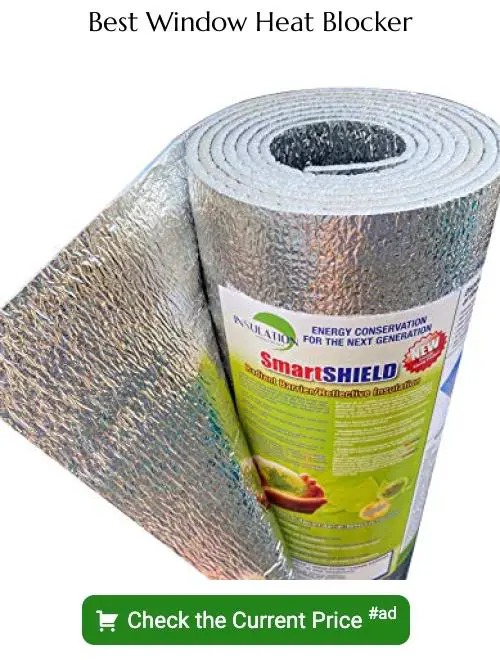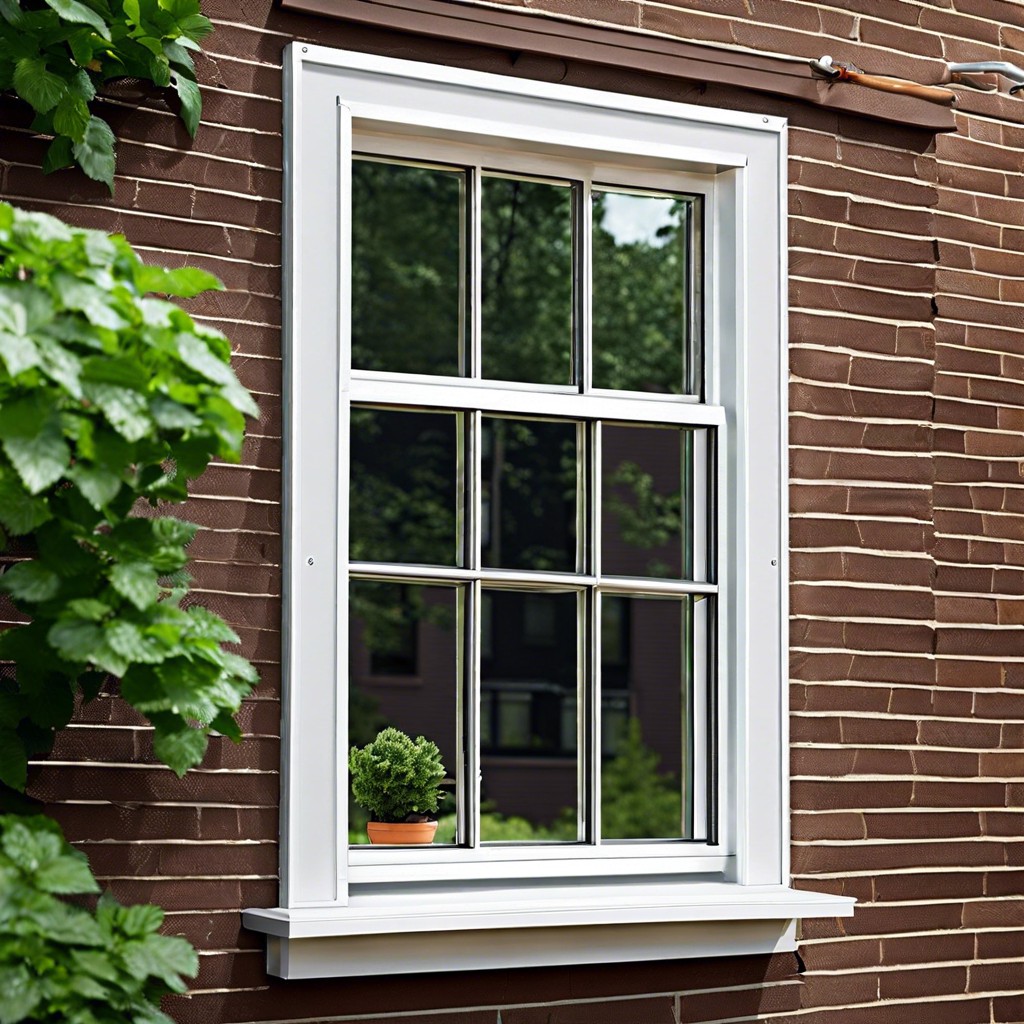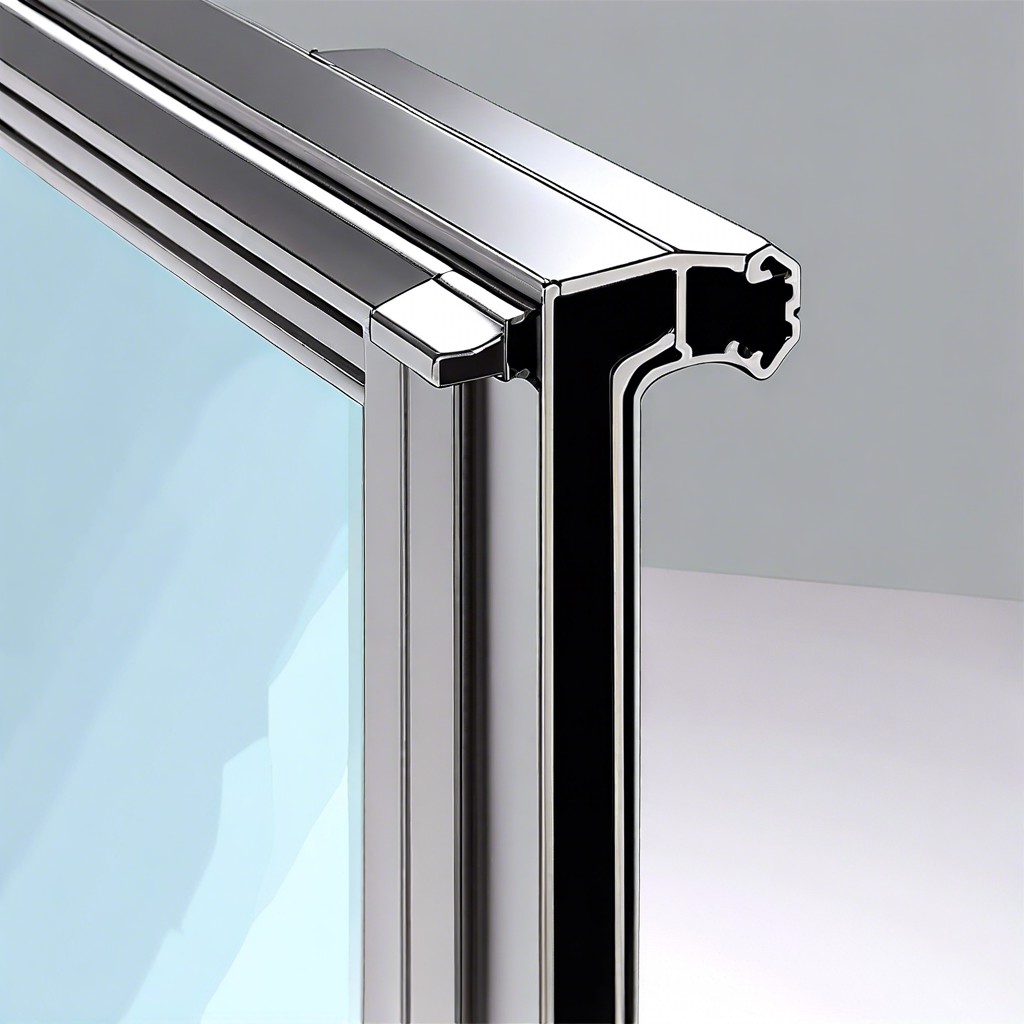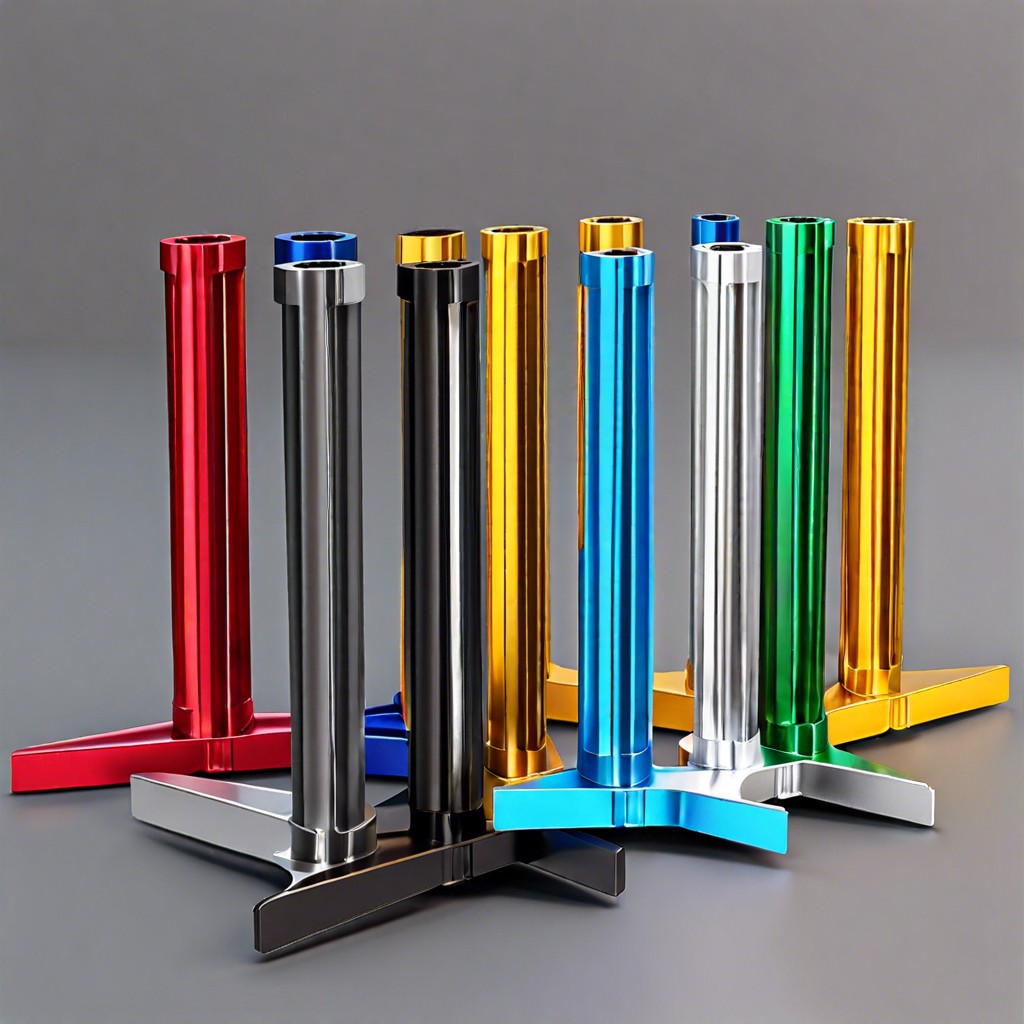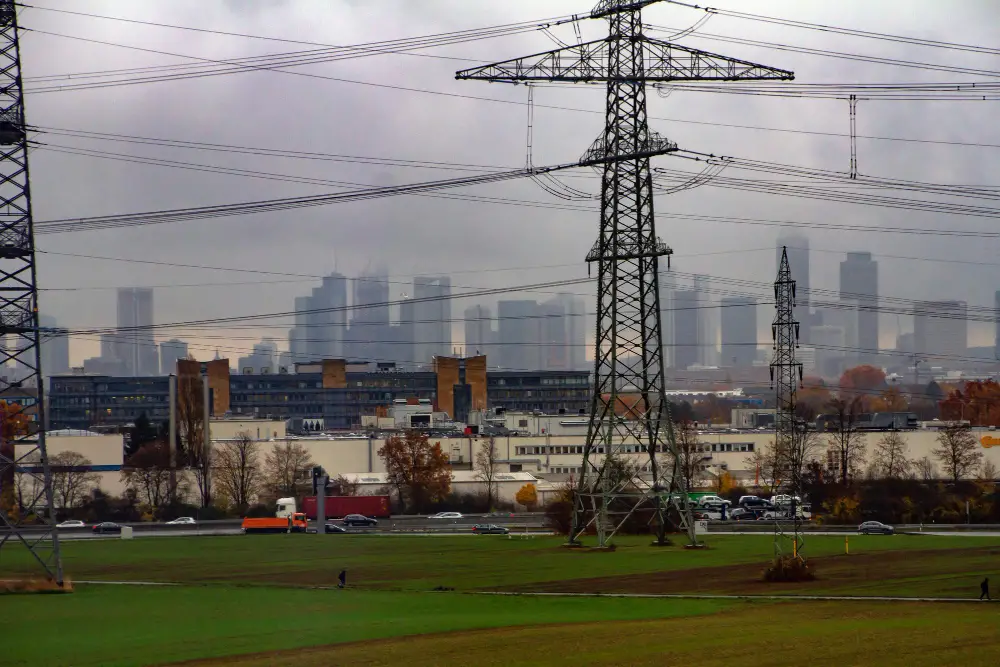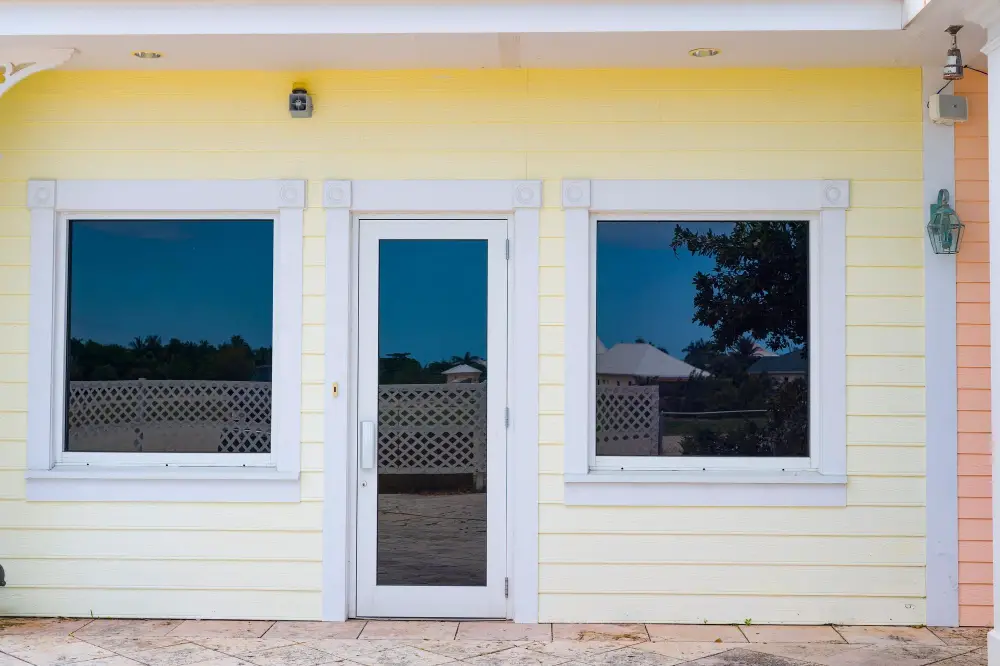Discover effective ways to block window heat and maintain a comfortable indoor temperature with these simple and practical solutions.
Summer is just around the corner, and with it comes the scorching heat that can make our homes feel like ovens. One of the most significant sources of heat in our homes comes from our windows.
While we all love natural light, it’s essential to block out excess heat to keep our homes comfortable and energy-efficient. In this blog post, we’ll explore some effective ways to block window heat and keep your home cool this summer without breaking the bank.
So sit back, relax, and let’s dive into some practical tips for a more comfortable living space!
Key takeaways:
- Blocking window heat reduces energy consumption and lowers utility bills.
- Energy-efficient windows with a high Energy Star rating save money.
- Use cellular shades, blackout curtains, or reflective films for heat reduction.
- Insulating window panels provide long-term energy savings.
- External shading devices like awnings or shutters block out excess heat.
Importance of Blocking Window Heat
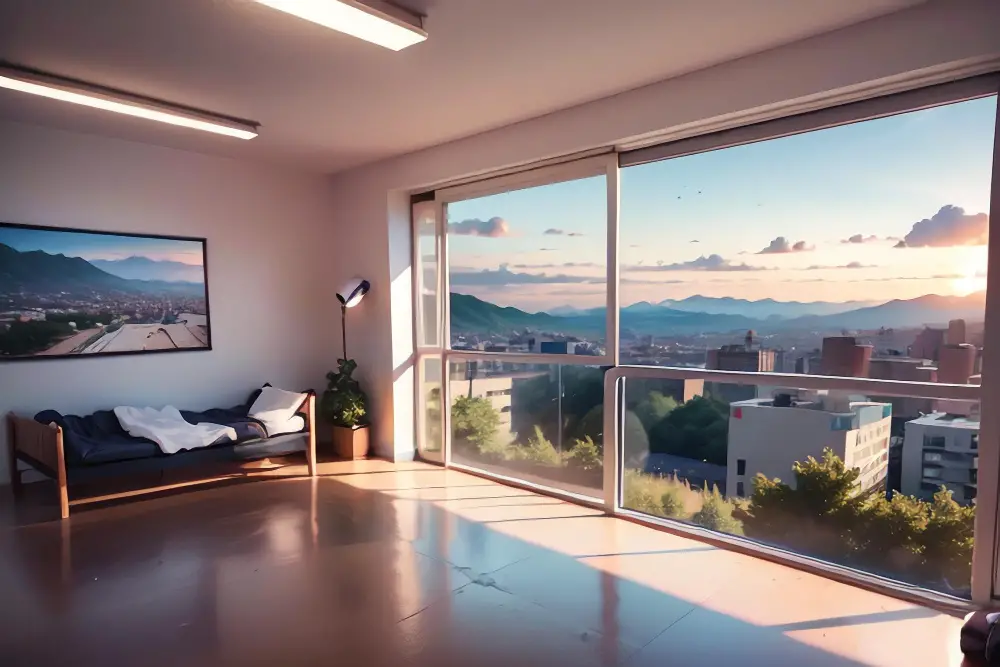
The importance of blocking window heat cannot be overstated. Not only does it help to maintain a comfortable indoor temperature, but it also helps to reduce energy consumption and lower your utility bills.
When the sun’s rays enter through your windows, they can quickly turn your home into an oven, making you rely heavily on air conditioning systems that consume a lot of energy.
By blocking window heat with effective solutions such as reflective films or insulating panels, you can significantly reduce the amount of heat entering your home and keep it cool without relying too much on air conditioning systems. This not only saves money but also reduces carbon emissions associated with excessive energy use.
Moreover, by reducing the amount of sunlight entering our homes during hot summer days we are protecting ourselves from harmful UV radiation which is known for causing skin cancer and other health issues.
Energy Efficient Windows
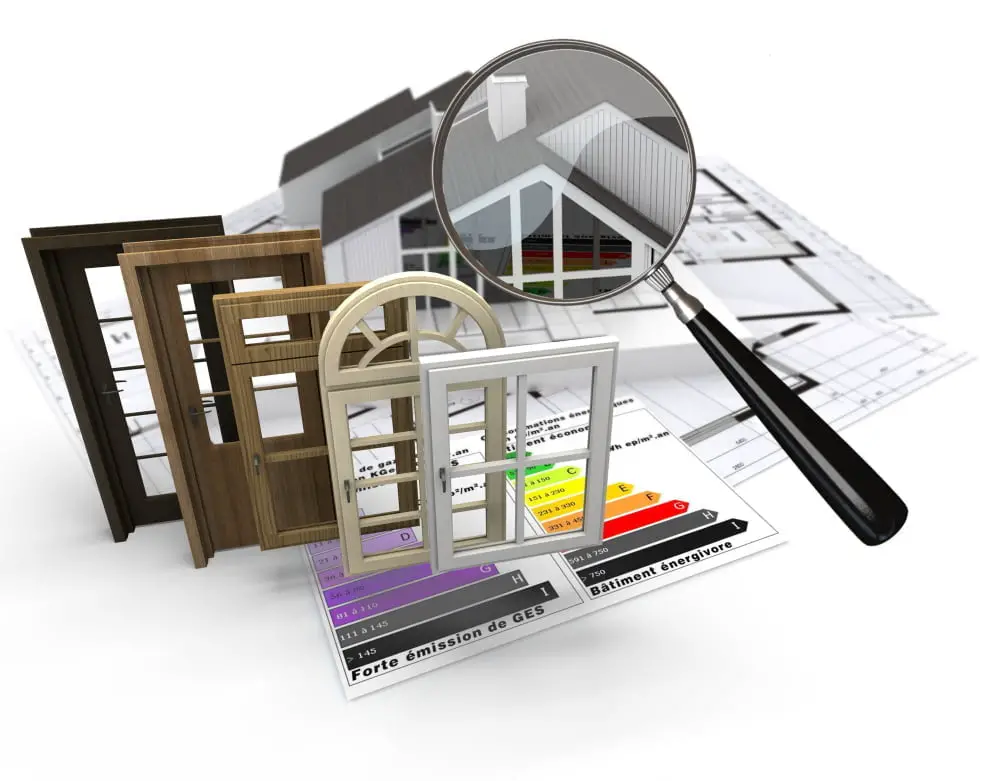
These types of windows are designed to reduce the amount of heat that enters your home, keeping it cooler during hot summer months and warmer during colder seasons. Energy-efficient windows come with a special coating that reflects sunlight and blocks UV rays, preventing them from entering your home.
These types of windows also have insulating properties that help keep indoor temperatures stable while reducing energy consumption. By installing energy-efficient windows, you can save money on cooling costs while reducing your carbon footprint.
If you’re considering upgrading to energy-efficient windows, be sure to choose ones with a high Energy Star rating for maximum efficiency. While they may cost more upfront than traditional options, they will pay off in the long run through lower utility bills and increased comfort levels within your home.
Types of Window Treatments
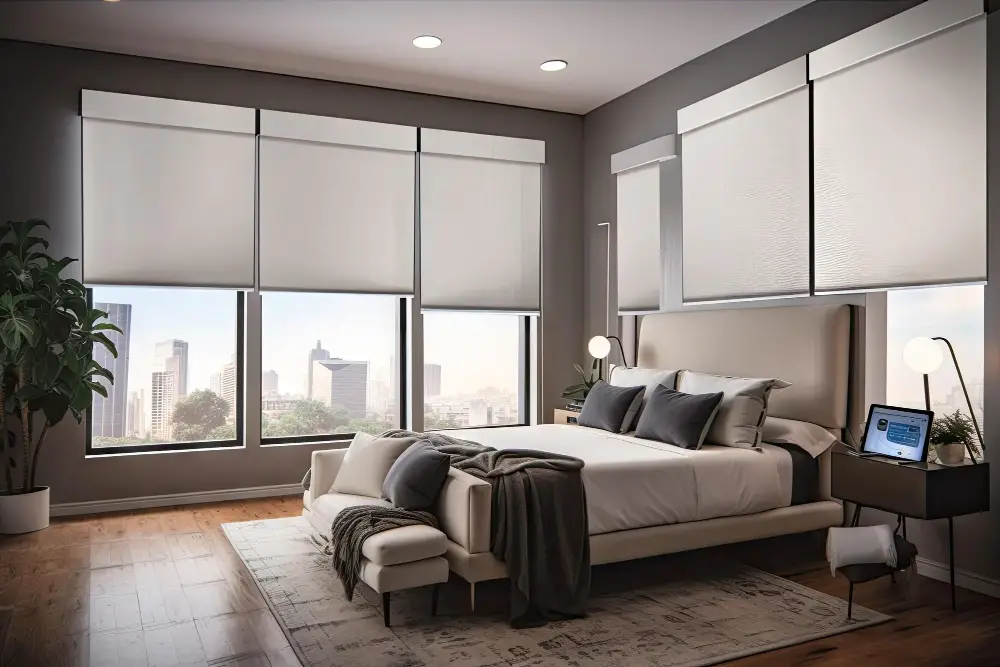
There are several options available in the market that can help you achieve your goal while also adding a touch of style to your home decor.
One popular option is cellular shades, which are designed with honeycomb-shaped cells that trap air and provide insulation against heat transfer. They come in various colors and styles, making them an excellent choice for any room.
Another effective option is blackout curtains or drapes. These heavy-duty curtains block out sunlight and prevent heat from entering through windows during hot summer days.
They also offer privacy benefits by preventing outsiders from peering into your home.
Reflective window films are another great way to reduce solar radiation and keep indoor temperatures cool without sacrificing natural light. These films work by reflecting sunlight back outside before it enters through windows, reducing glare while still allowing plenty of daylight inside.
Other types of treatments include insulating panels made from materials like foam board or bubble wrap; Roman shades made with thick fabric; plantation shutters that allow you to control how much light enters a room; roller blinds designed specifically for blocking out UV rays; external shading devices such as awnings or shutters installed on the exterior side of windows – just to name a few!
Reflective Window Films
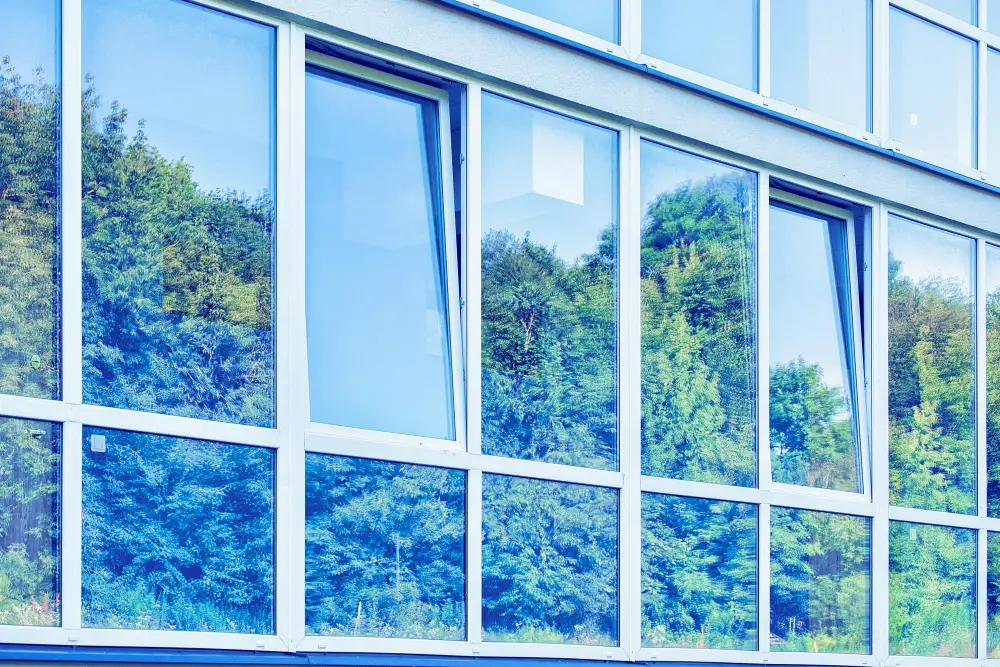
These films work by reflecting the sun’s rays away from your windows, preventing them from entering your home and heating up the space. They’re also great at reducing UV radiation, which can damage furniture and flooring over time.
One of the biggest advantages of reflective window films is that they’re relatively easy to install yourself. You can purchase pre-cut film kits or have a professional installer do it for you if you prefer.
It’s important to note that while reflective window films are effective at blocking heat, they may not be suitable for all homes or climates. If you live in an area with cold winters, these types of films could reduce natural light during those months when sunlight is scarce.
Insulating Window Panels
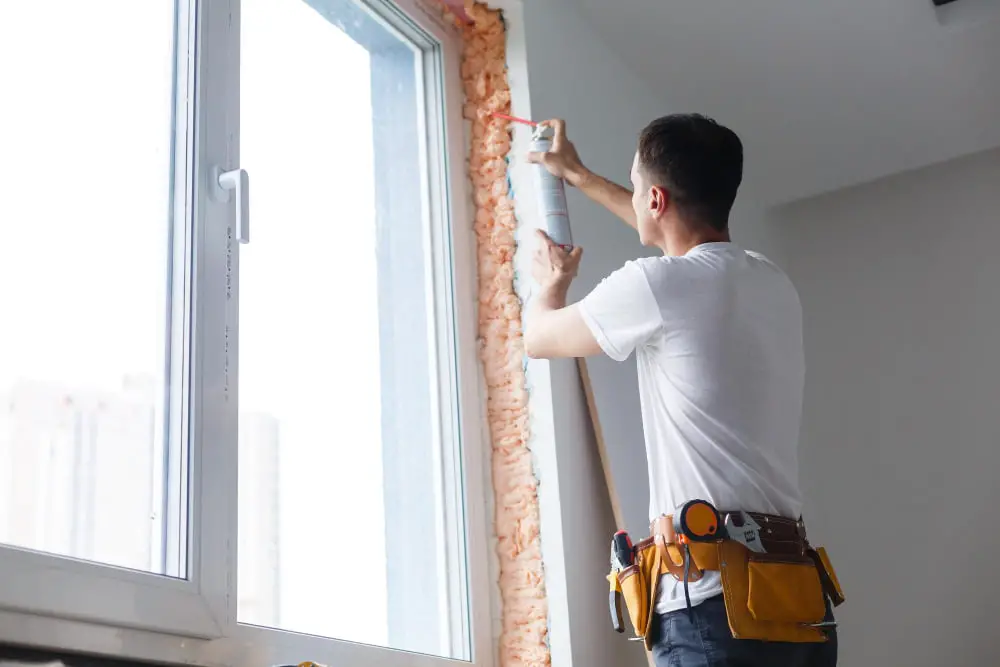
These panels are made of thick materials like foam or fiberglass and can be installed on the interior or exterior of your windows. They work by creating an air pocket between the panel and the glass, which helps to reduce heat transfer.
One advantage of using insulating window panels is that they not only block out excess heat but also help to keep your home warm during colder months. They provide sound insulation and can help reduce outside noise levels.
While these types of panels may require professional installation, they offer long-term energy savings by reducing heating and cooling costs throughout the year.
Cellular Shades
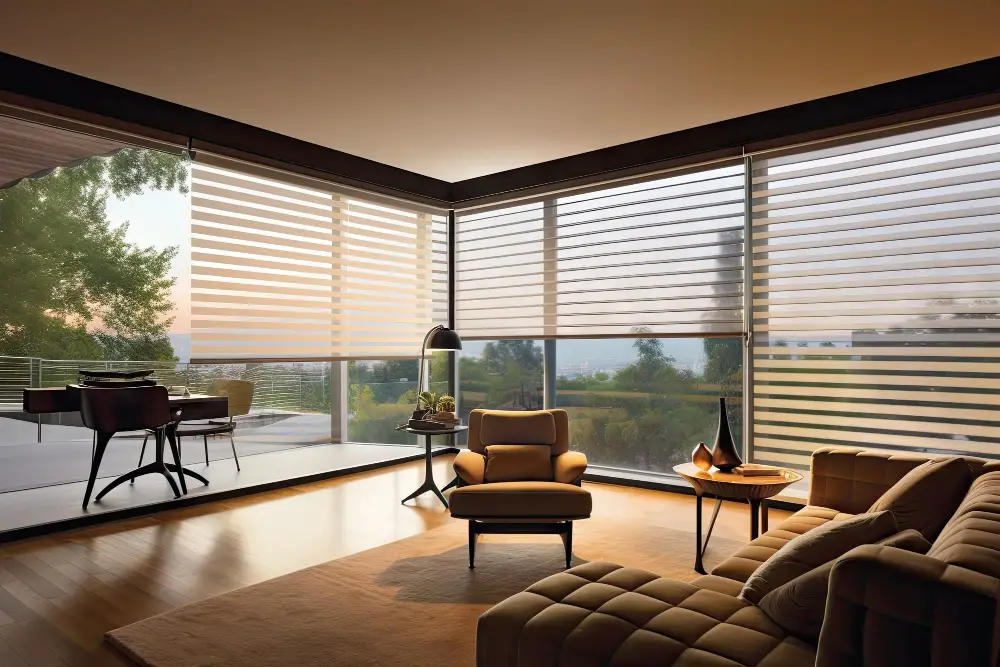
These shades feature a unique design with two or more layers of fabric that form honeycomb-shaped cells. The air trapped in these cells acts as an insulator, helping to regulate the temperature inside your home.
One of the benefits of cellular shades is their versatility. They come in various styles and colors to match any decor style while providing excellent insulation properties.
They offer privacy without sacrificing natural light.
When shopping for cellular shades for heat blocking purposes, look for those with high R-values (a measure of thermal resistance). Shades with higher R-values provide better insulation against outside temperatures.
Blackout Curtains
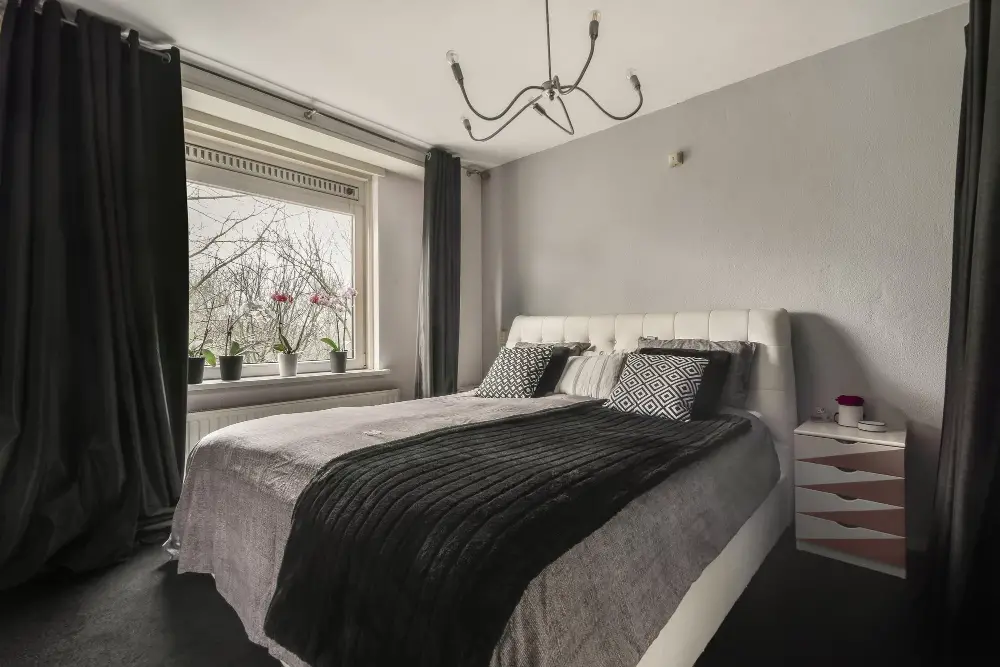
These curtains are made of thick, opaque fabric that blocks out sunlight and reduces the amount of heat entering your home. They also provide privacy by preventing outsiders from seeing inside your house.
One significant advantage of blackout curtains is their ability to reduce energy costs by minimizing the need for air conditioning during hot summer months. By blocking out sunlight, they keep rooms cooler without relying on artificial cooling methods.
When choosing blackout curtains, it’s essential to consider factors such as color, material quality, size compatibility with windows or doors in question (including sliding glass doors), and ease-of-use when opening or closing them.
Roman Shades
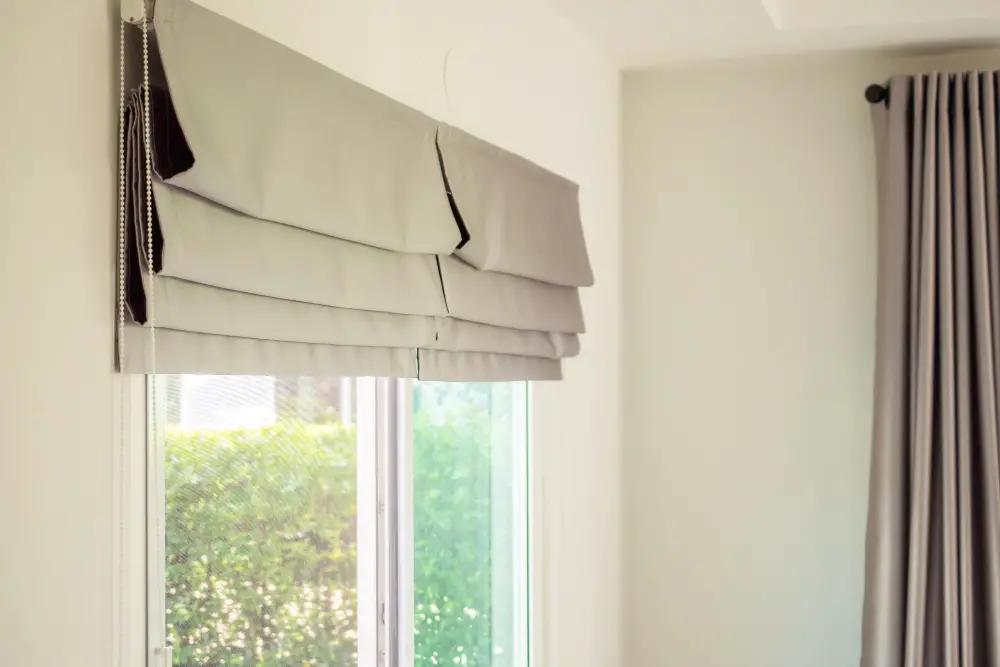
These shades are made from fabric and come in various styles, colors, and patterns to match any decor. They work by folding up neatly when raised, creating an unobstructed view outside.
One of the benefits of Roman Shades is their insulating properties. The thick fabric helps keep hot air out during the summer months while retaining warmth during winter months.
This makes them an excellent choice for homeowners looking for energy-efficient solutions.
Another advantage is their versatility in terms of light control options – they can be customized with blackout lining or sheer fabrics depending on your preference.
When it comes to installation, Roman Shades can be mounted inside or outside the window frame depending on your needs and preferences. They also come with different operating systems such as cordless or motorized options for added convenience.
Plantation Shutters
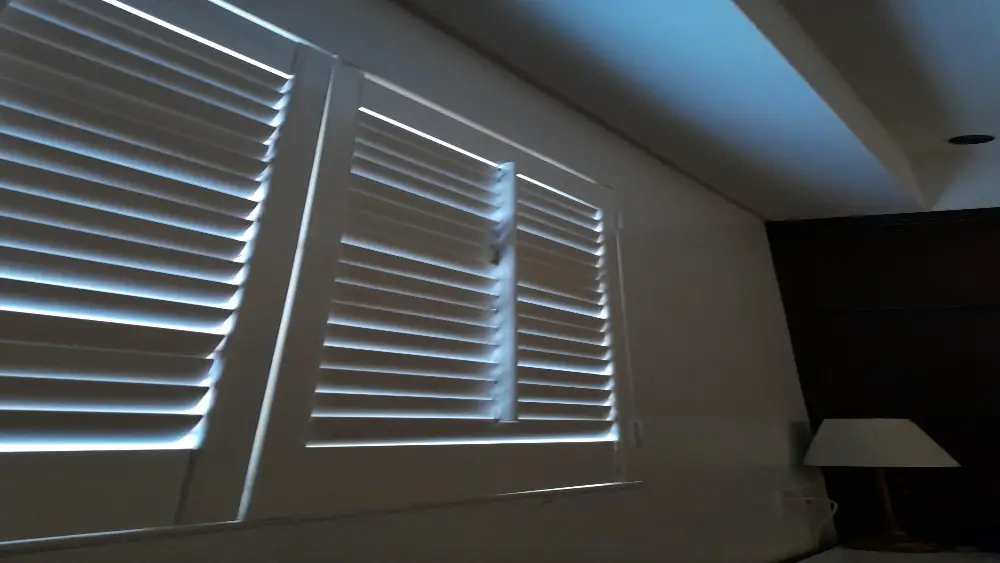
These shutters consist of wide louvers that can be adjusted to control the amount of light and air entering your home. They are typically made from wood, vinyl, or composite materials.
One advantage of plantation shutters is their durability; they can last for years with proper maintenance. They add an elegant touch to any room in your home while also providing insulation against heat loss during colder months.
When it comes to blocking window heat, plantation shutters offer excellent protection due to their ability to reflect sunlight away from the windows’ surface. This helps keep indoor temperatures cooler without relying on energy-intensive cooling systems like air conditioning units.
Heat Blocking Window Shades
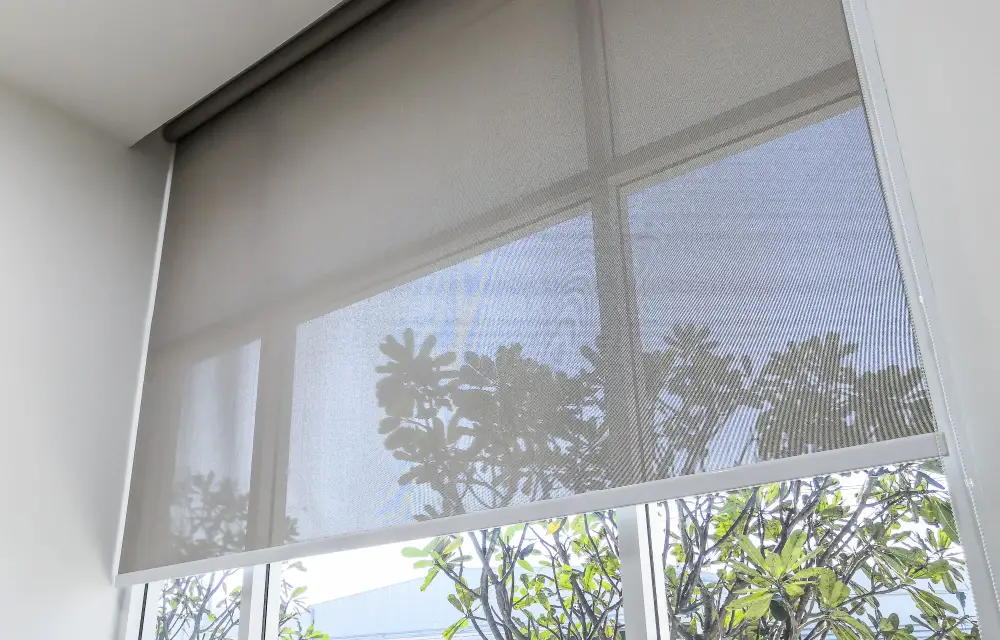
These shades come in a variety of styles, including roller shades, cellular shades, and Roman shades. They work by blocking out the sun’s rays before they enter your home through your windows.
One of the most significant advantages of heat-blocking window shades is that they can significantly reduce energy costs by keeping your home cooler without relying on air conditioning as much. This means you’ll save money on electricity bills while also reducing your carbon footprint.
When choosing heat-blocking window shades, it’s essential to consider factors such as color and material type carefully. Lighter colors tend to reflect more sunlight than darker colors which absorb more heat; therefore lighter-colored fabrics are ideal for maximum reflection.
Blockout Roller or Panel Blinds
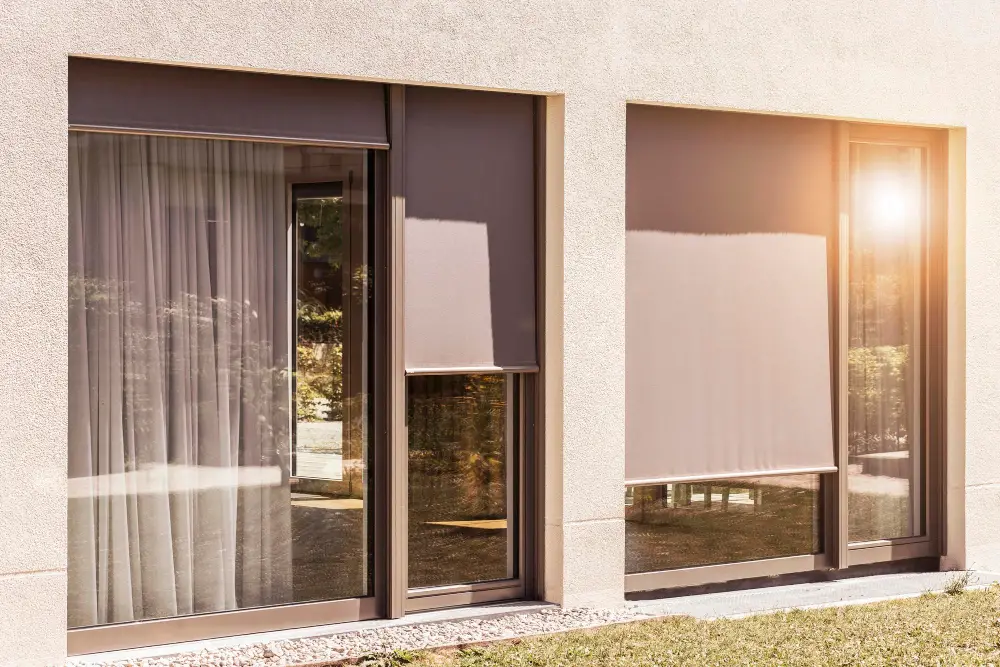
These types of blinds are made from thick, opaque materials that prevent sunlight and heat from entering your home. They come in a variety of colors and styles to match any decor, making them a versatile choice for homeowners.
One advantage of blockout roller or panel blinds is their ease of use. They can be easily adjusted to let in as much light as you want while still blocking out excess heat.
They provide privacy when closed, making them ideal for bedrooms and bathrooms.
Another benefit is their energy efficiency. By preventing the sun’s rays from entering your home through the windows during hot summer days, these types of window treatments help keep indoor temperatures cooler without relying on air conditioning alone.
When choosing blockout roller or panel blinds, it’s essential to consider factors such as size and installation requirements carefully. It’s also important to choose high-quality materials that will last longer than cheaper options.
External Shading Devices
These devices work by blocking out the sun’s rays before they enter your home, reducing the amount of heat that enters through your windows. Some popular external shading options include window awnings, roller shutters, and shade sails.
Window awnings are a classic choice for external shading as they can be easily installed above windows or doors. They come in various styles and materials such as canvas or aluminum to suit different architectural designs.
Roller shutters provide another effective solution for blocking out excess sunlight while also providing added security benefits. They can be operated manually or automatically using remote control systems.
Shade sails offer a more modern approach to external shading with their sleek design and versatility in placement around outdoor areas like patios, decks, poolsides etc., making them perfect for those who enjoy spending time outside but want protection from harmful UV rays at all times of day!
Window Awnings
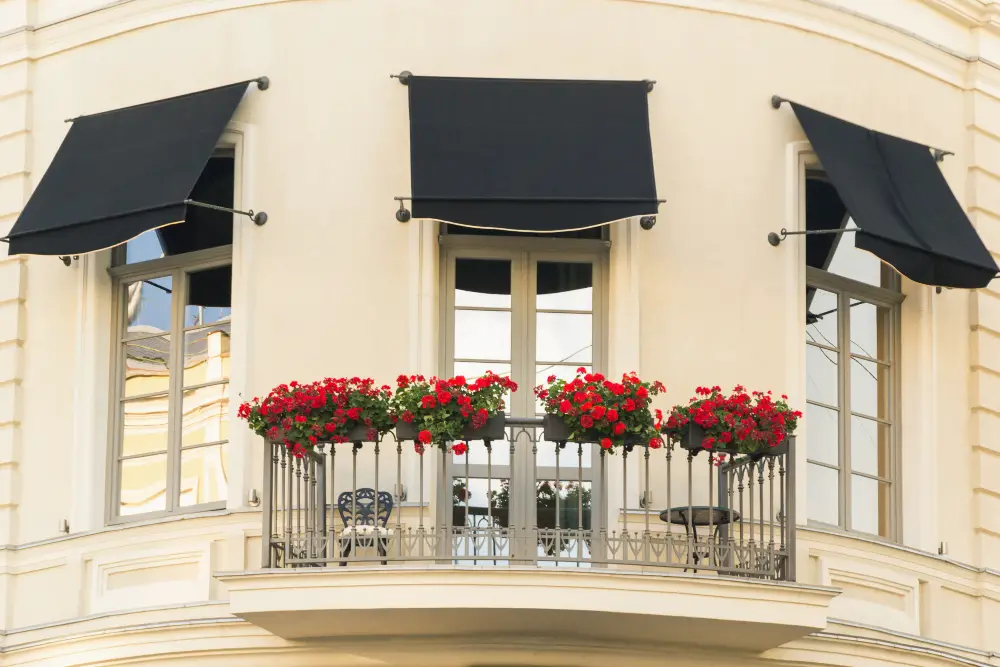
They work by shading the windows from direct sunlight, reducing the amount of heat that enters your home. Window awnings come in various styles, colors, and materials such as canvas or aluminum.
They can be fixed or retractable depending on your preference.
Retractable window awnings offer more flexibility as they can be adjusted according to the sun’s position throughout the day. This means you can control how much light and heat enter your home at different times of day while still enjoying natural light.
In addition to blocking out excess heat, window awnings also protect furniture and carpets from fading due to UV rays exposure over time.
When choosing a window awning for your home, consider factors such as size, color coordination with other exterior elements like shutters or doors if any exist nearby; material durability against weather conditions like wind gusts during storms; ease-of-use when opening/closing it manually (if applicable), etcetera.
Roller Shutters
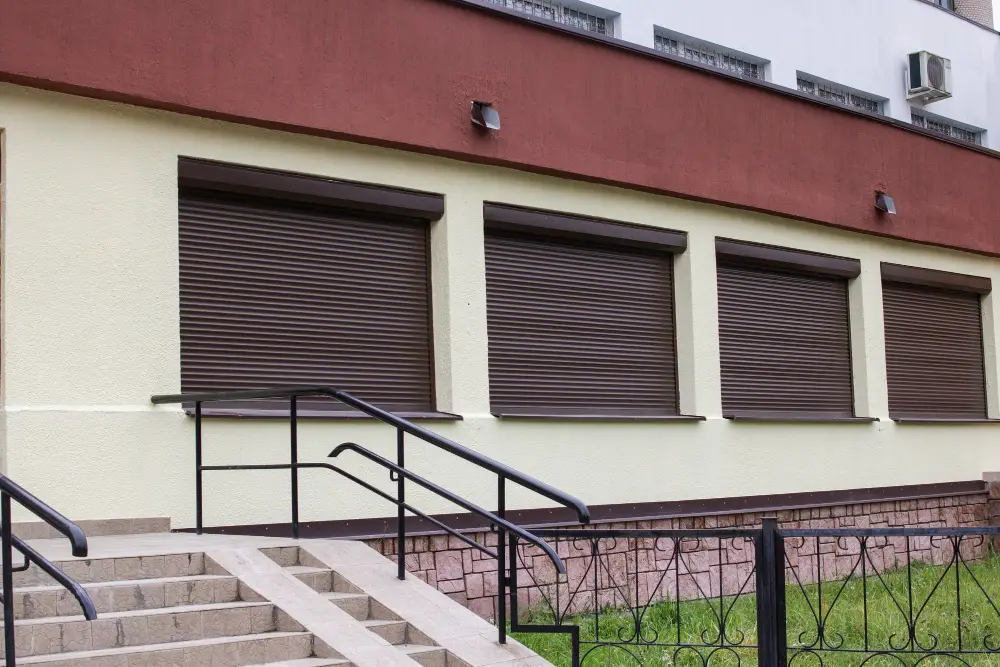
These shutters are made of durable materials such as aluminum, steel, or PVC and can be installed on the exterior or interior of your windows. They work by creating a barrier between the glass and the outside environment, preventing heat from entering your home.
One significant advantage of roller shutters is that they provide insulation during both hot summers and cold winters. This means you’ll not only save money on cooling costs in summer but also heating bills in winter.
Another benefit is that they offer added privacy to your home while still allowing natural light to enter through small perforations in the shutter slats. Roller shutters can help reduce noise pollution from outside sources like traffic or construction sites.
Smart Windows
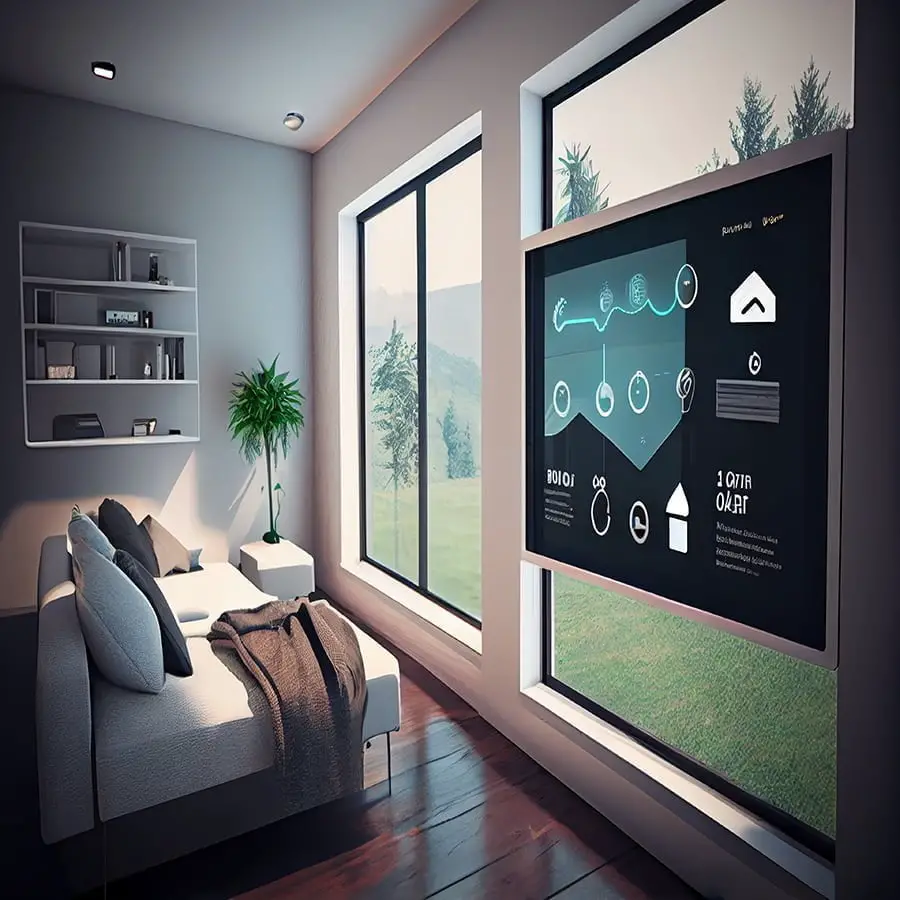
These windows use electrochromic or thermochromic materials to change their tint in response to the amount of sunlight they receive. When it’s hot outside, smart windows will darken to reduce the amount of heat entering your home, and when it’s cooler, they’ll lighten up again.
One significant advantage of smart windows is that you don’t need any additional window treatments or shading devices since the glass itself adjusts its tint automatically. This means you can enjoy natural light without worrying about excess heat gain.
While smart windows may be more expensive than traditional ones upfront, they offer long-term savings on energy bills by reducing heating and cooling costs throughout the year. These types of energy-efficient upgrades may increase your property value if you decide to sell in the future.
DIY Approaches
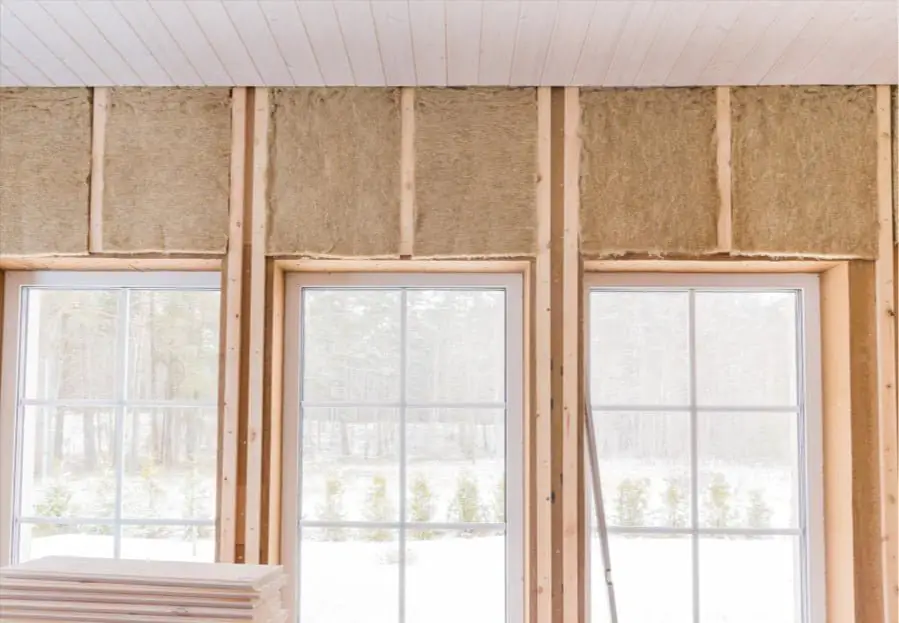
One of the simplest ways is to use reflective materials such as aluminum foil or Mylar sheets. These materials reflect sunlight and prevent it from entering your home, reducing the amount of heat that enters through your windows.
Another popular DIY approach is creating insulating panels using foam board insulation and fabric covers. These panels are easy to make and can be customized according to your preferences.
You could also consider making homemade blackout curtains by sewing together thick fabrics like felt or wool blankets. Blackout curtains not only block out light but also help keep out unwanted heat during hot summer days.
Using Landscaping for Heat Protection
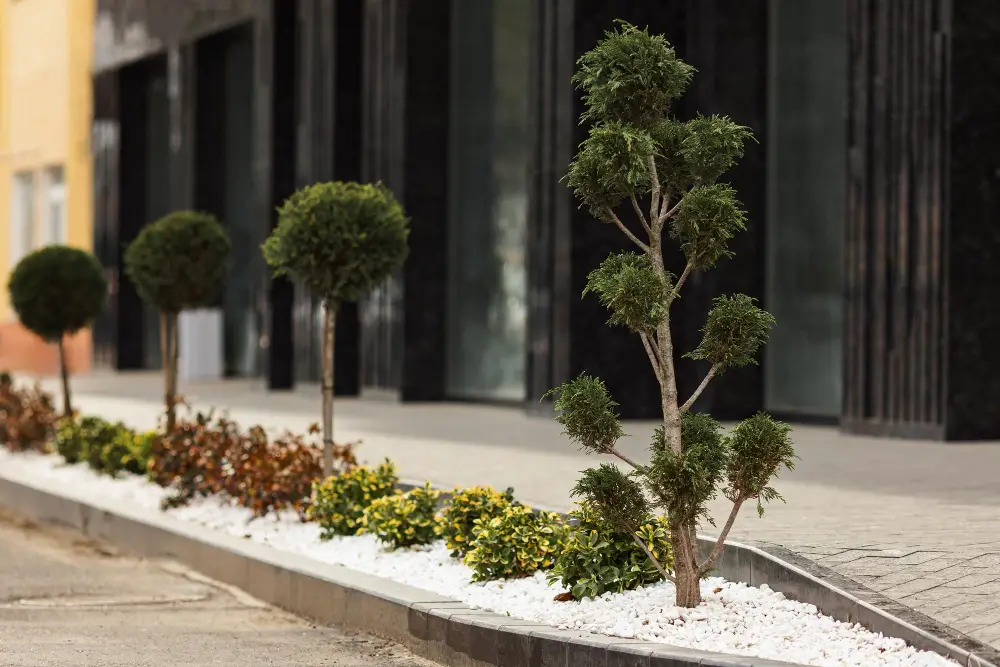
By strategically planting trees, shrubs, and other vegetation around your home’s exterior, you can create a natural barrier that blocks out excess sunlight while also adding beauty to your property.
Trees are particularly effective at blocking solar radiation and reducing heat gain in homes. Deciduous trees with broad leaves provide shade during the summer months when they’re in full leaf but allow sunlight through during winter when their leaves have fallen off.
Evergreen trees are also useful for blocking wind and providing year-round shade.
Shrubs planted close to windows can help reduce radiant heat transfer by absorbing some of the sun’s energy before it reaches your windows. Vines grown on trellises or pergolas over patios or decks can provide additional shading while creating a beautiful outdoor living space.
Environmentally Friendly Options
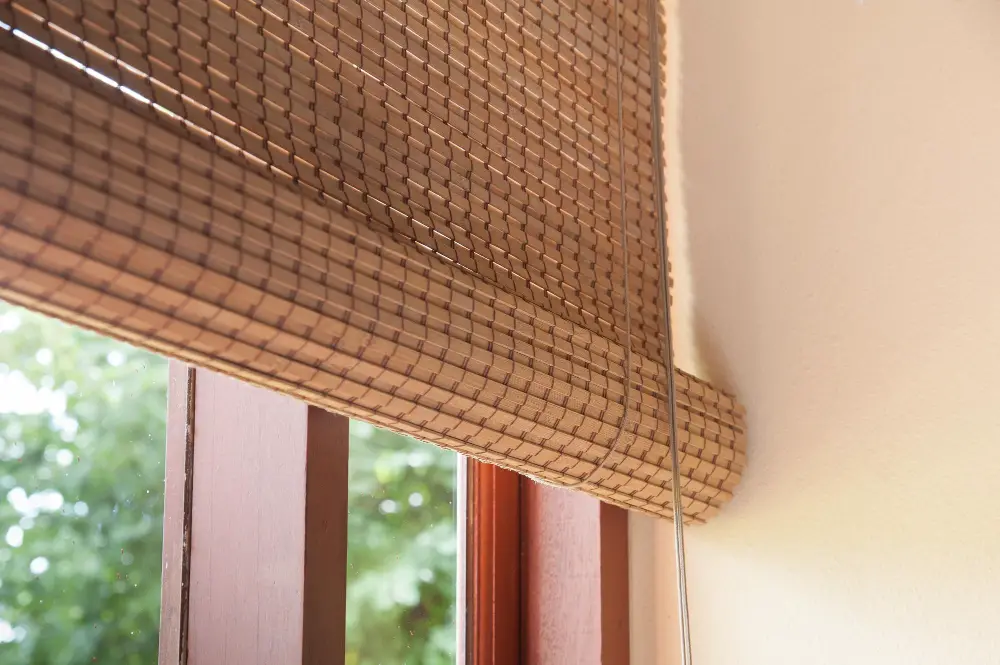
When it comes to blocking window heat, there are several eco-friendly solutions that you can consider. One option is to install solar screens or shades made from sustainable materials such as bamboo or recycled fabrics.
These types of shades not only block out excess heat but also reduce glare and provide privacy while still allowing natural light into your home.
Another environmentally friendly solution is to use reflective window films made from low-emissivity (Low-E) coatings that reflect sunlight away from your windows, reducing heat gain in your home without compromising visibility. Installing energy-efficient windows with double-paned glass and insulated frames can significantly reduce unwanted heat transfer through windows.
Cost and Savings Analysis

Fortunately, there are plenty of affordable options available that can help you save money on your energy bills in the long run. While some solutions may require an initial investment, they can pay off over time by reducing your reliance on air conditioning and heating systems.
For example, installing reflective window films or insulating panels can be a cost-effective way to block out excess heat and reduce energy consumption. Similarly, using blackout curtains or cellular shades during the hottest parts of the day can also help keep your home cool without breaking the bank.
It’s important to consider both short-term costs and long-term savings when choosing a solution for blocking window heat.
Safety Precautions
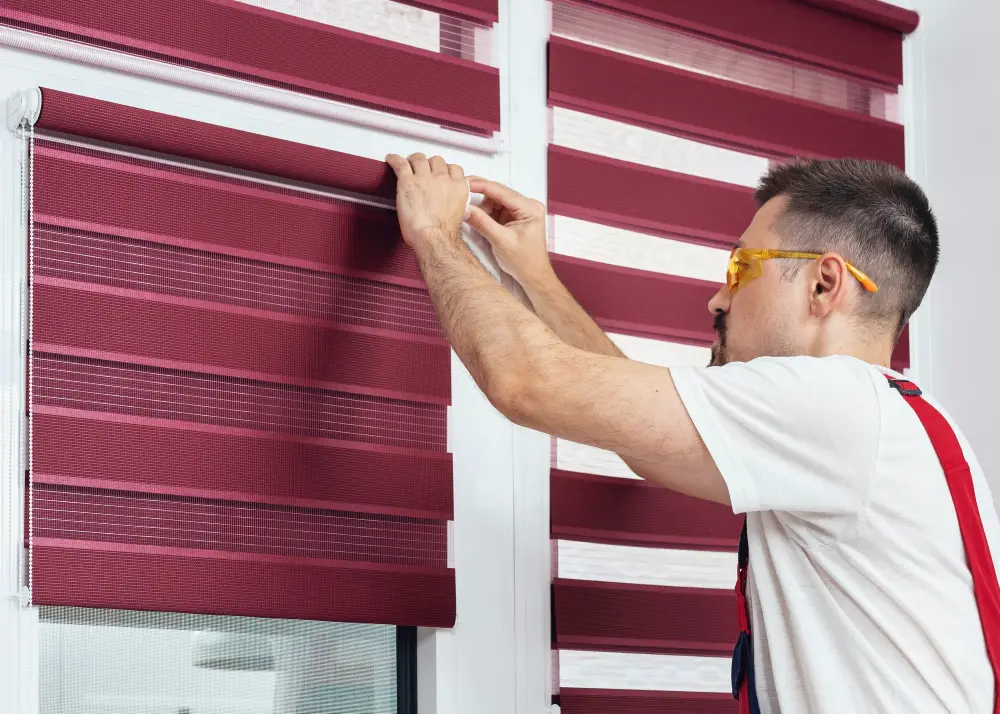
Before installing any type of window treatment or shading device, make sure that it is securely fastened and won’t fall off easily. This is especially important if you have young children or pets in your home who may accidentally pull on the cords or climb up the windows.
If you’re using reflective films, make sure that they are installed correctly and don’t obstruct your view while driving. It’s also essential to follow the manufacturer’s instructions carefully when applying these films as they can cause damage if not applied correctly.
For external shading devices like awnings and roller shutters, ensure that they are properly anchored to prevent them from being blown away during strong winds. If you live in an area prone to hurricanes or other severe weather conditions, consider investing in hurricane-resistant windows for added protection.
By taking these simple safety precautions into consideration when blocking window heat at home, you can enjoy a more comfortable living space without compromising on safety!
FAQ
How do I stop the sun from heating up my room?
To stop the sun from heating up your room, use external coverings such as blinds, awnings, large potted plants, or plant deciduous trees to shade windows and walls.
How do you control heat gain through windows?
To control heat gain through windows, use external shading on large west, east, and north-facing windows, and combine it with internal window coverings for maximum protection.
How do you block sun from windows without curtains?
To block sun from windows without curtains, one can use tin foil or cardboard as an inexpensive and effective method to achieve total darkness.
What types of window films are effective for reducing heat gain?
Solar control window films, low emissivity films, and spectrally selective films are effective for reducing heat gain.
Can window shades or blinds help in minimizing heat transmission?
Yes, window shades or blinds can help in minimizing heat transmission.
Are there any exterior home improvements to consider for blocking window heat?
One possible exterior home improvement to consider for blocking window heat is installing sun control window films or shading devices like awnings and shutters.
Recap
